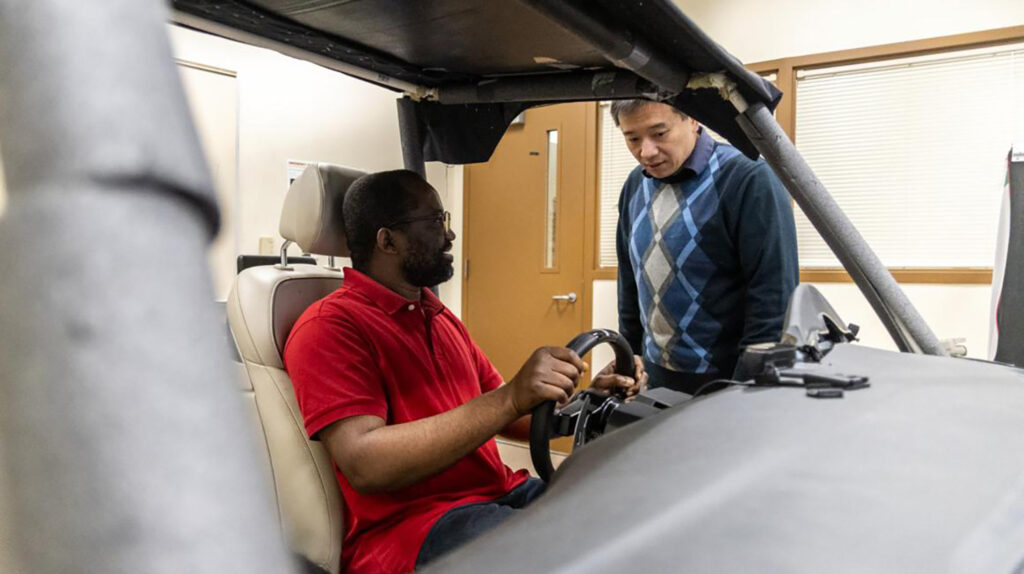Autonomous vehicles (AVs) promise unprecedented driver convenience by offering passengers time for activities like watching movies during traffic jams. However, the technology’s true potential lies in significantly enhancing road safety, as over 90% of traffic accidents are attributed to human error. Semi-autonomous features such as lane keep assist, blind spot monitoring, and emergency braking are already improving safety in modern vehicles. As Level 3 AVs, capable of complete driving in certain scenarios, enter American and European markets, they bring new safety and driver behavior challenges.
Level 3 AVs require driver intervention when conditions exceed system capabilities, such as unclear lane markers or system malfunctions. This introduces a “takeover” challenge, requiring drivers to quickly transition focus from leisure activities to sudden road emergencies. Research in this area, led by Bochen Jia, associate professor at UM-Dearborn, highlights the psychological complexity of these moments.
Surprisingly, operating Level 3 vehicles might increase driver fatigue more than manual driving, as constant monitoring can be mentally taxing. Jia’s research focuses on younger, less experienced drivers, a group with developing attention resources and a higher trust in technology, which may affect their takeover responses.
Jia’s latest study examined fatigue onset in drivers under 19 with limited experience, compared to seasoned middle-aged drivers. Utilizing a high-fidelity driving simulator, participants navigated autonomous driving periods and took control during unsafe conditions. The study revealed that younger drivers experienced fatigue sooner than older ones, impacting their ability to prevent collisions.
Jia advocates for advanced fatigue warning systems tailored to young, inexperienced drivers, suggesting integration with wearable technologies like fitness trackers. He emphasizes that monitoring should extend beyond the vehicle, incorporating personal data to better assess driver readiness and enhance safety.
—
Read More Michigan News









